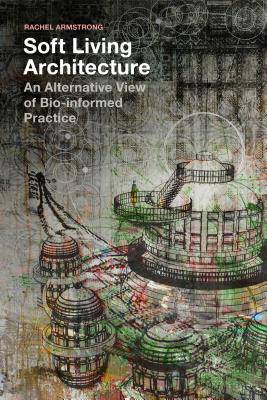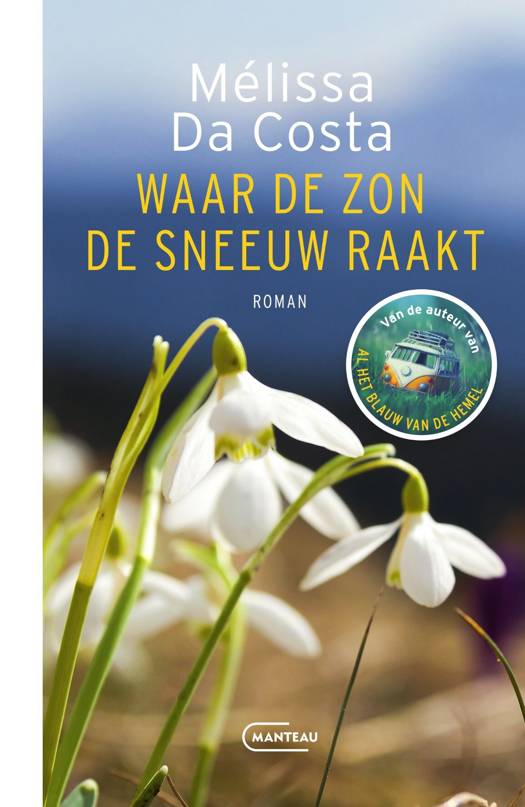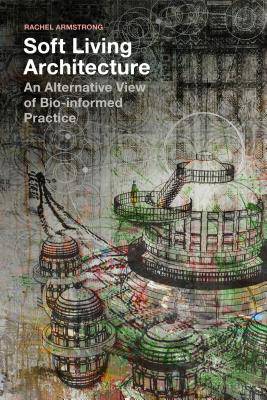
- Afhalen na 1 uur in een winkel met voorraad
- Gratis thuislevering in België vanaf € 30
- Ruim aanbod met 7 miljoen producten
- Afhalen na 1 uur in een winkel met voorraad
- Gratis thuislevering in België vanaf € 30
- Ruim aanbod met 7 miljoen producten
Zoeken
Soft Living Architecture
An Alternative View of Bio-informed Practice
Rachel Armstrong
Hardcover | Engels
€ 203,95
+ 407 punten
Uitvoering
Omschrijving
Soft Living Architecture explores the invention of new architectures based on living processes. It crafts a unique intersection between two fast-developing disciplines: biomimicry and biodesign in architecture, and bioinformatics and natural computing in the natural sciences.
This is the first book to examine both the theory and methodology of architecture and design working directly with the natural world. It explores a range of approaches from the use of life-like systems in building design to the employment of actual growing and living cell and tissue cultures as architectural materials - creating architecture that can change, learn and grow with us. The use of 'living architecture' is cutting-edge and speculative, yet it is also inspiring a growing number of designers worldwide to adopt alternative perspectives on sustainability and environmental design. The book examines the ethical and theoretical issues arising alongside case-studies of experimental practice, to explore what we mean by 'natural' in the Anthropocene, and raise deep questions about the nature of design and the design of nature.
This provocative and at times controversial book shows why it will become ever more necessary to embrace living processes in architecture if we are to thrive in a sustainable future.
This is the first book to examine both the theory and methodology of architecture and design working directly with the natural world. It explores a range of approaches from the use of life-like systems in building design to the employment of actual growing and living cell and tissue cultures as architectural materials - creating architecture that can change, learn and grow with us. The use of 'living architecture' is cutting-edge and speculative, yet it is also inspiring a growing number of designers worldwide to adopt alternative perspectives on sustainability and environmental design. The book examines the ethical and theoretical issues arising alongside case-studies of experimental practice, to explore what we mean by 'natural' in the Anthropocene, and raise deep questions about the nature of design and the design of nature.
This provocative and at times controversial book shows why it will become ever more necessary to embrace living processes in architecture if we are to thrive in a sustainable future.
Specificaties
Betrokkenen
- Auteur(s):
- Uitgeverij:
Inhoud
- Aantal bladzijden:
- 224
- Taal:
- Engels
Eigenschappen
- Productcode (EAN):
- 9781350011359
- Verschijningsdatum:
- 1/11/2018
- Uitvoering:
- Hardcover
- Formaat:
- Genaaid
- Afmetingen:
- 156 mm x 234 mm
- Gewicht:
- 494 g

Alleen bij Standaard Boekhandel
+ 407 punten op je klantenkaart van Standaard Boekhandel
Beoordelingen
We publiceren alleen reviews die voldoen aan de voorwaarden voor reviews. Bekijk onze voorwaarden voor reviews.








